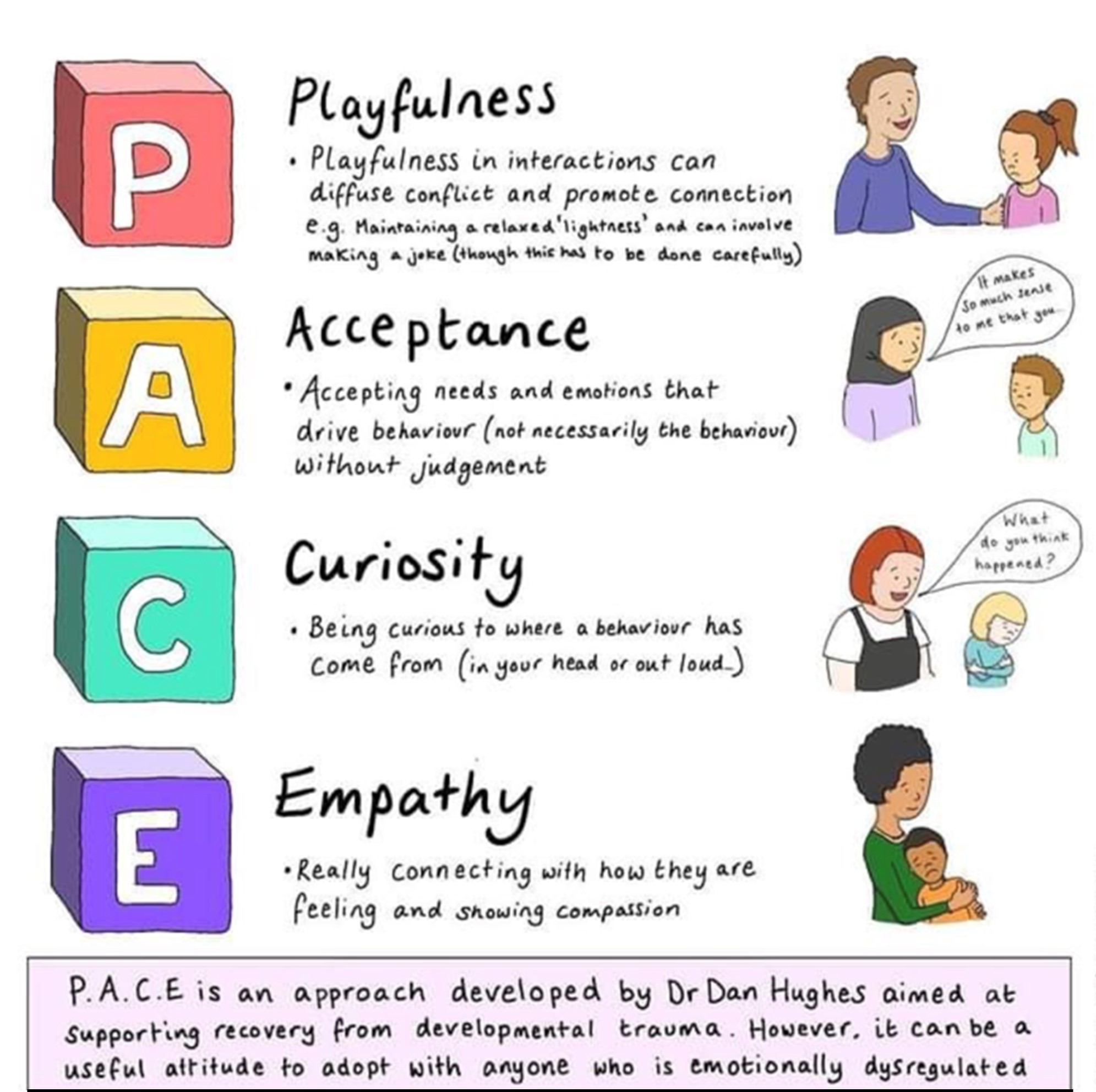Neurodiversity
What is Neurodiversity?
The term Neurodiversity indicates the viewpoint that brain differences are normal and acceptable, rather than deficits. In other words, the natural neurological difference between how a person's brain functions and processes information represents neurodiversity.
Neurodiverse people may interpret, interact with, and experience the world in unique ways. The concept of neurodiversity helps to reduce stigma around how different people learn and think differently from others.
The majority of humans are neurotypical, and typically human brains interpret the world how society might expect. They express the typical cognitive, intellectual and developmental abilities expected for an individual of their age. ACAS reported that nearly 15% population of the UK is neurodivergent. This indicates that their brain functions differently from the majority of people.
People with Attention Deficit Hyperactivity Disorder (ADHD), Dyspraxia, Autism Spectrum Disorder (ASD), and Dyslexia are typically categorised as neurodivergent people. There are several different types of neurodiversity, in fact, any person suffering from a medical condition that affects their thinking skills can be identified as neurodivergent.
The Autistic Spectrum
Most individuals experience neurodivergence with a "spectrum" of traits. These characteristics are different for each person. Psychological theories suggest that all neurodivergent conditions overlap with one another. For example, a person with dyspraxia may also be dyslexic. Or people with autism may possess the creative skills frequently associated with dyslexia. Within autism, using the terminology 'spectrum' helps us talk about a child's needs with a greater degree of accuracy. Outside the wider autism community, this condition is often misunderstood.
We use a PACE Approach at SAIL

